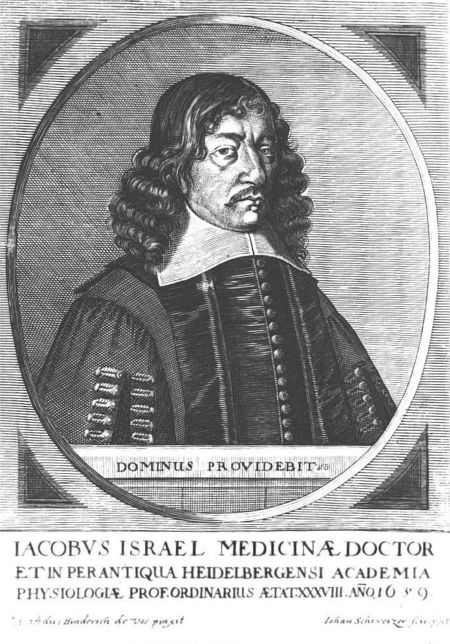The VPST (von Portheim Foundation) Ethnological Museum in the Palais Weimar dates back to 1921; the first exhibition was on view in 1924.
In 1919, Victor and Leontine Goldschmidt, née von Portheim, established the Josefine and Eduard von Portheim Foundation for Science and Art (J. & E. von Portheim Foundation), named after Victor Goldschmidt's mother and Leontine Goldschmidt's father.
The seat of the foundation and the museum is the Palais Weimar, one of the oldest city residences in Heidelberg. Built around 1710, the baroque palace between the main street and the Neckar River looks back on an eventful history. Named after its last owner, Prince Wilhelm of Saxony-Weimar-Eisenach, it was acquired in 1921 by the founders of the foundation, Victor Goldschmidt and Leontine Goldschmidt.
They brought their extensive private collections of European and non-European art and ethnographica into the foundation, housed them in the Palais Weimar, and thus intended to permanently guarantee the research activities of the scientific institutions they had established. Thus they stand in the great tradition of Jewish support for art and science in Germany.
Of these institutions, only the Ethnographic Institute survived the Nazi era and continues to exist today as the Ethnological Museum. Despite the considerable material and immaterial damage that the Nazi period left on the foundation and its collections, the Ethnographic Museum has excellent holdings. In addition to historical photographs and manuscripts, they include exquisite works of art and ethnographic objects from Asia, Africa, and Oceania, which have been expanded in recent decades through targeted acquisitions and extensive donations. Today, these collections are not only the basis for current museum work but also an essential working foundation for scholars from all over the world.
Changing exhibitions present aspects of art and culture from different regions on the basis of selected themes.
In the 1980s, the main building was extended by a modern annex. The museum's boat collection can be seen in the arcades on Neckarmünzplatz.
Victor Goldschmidt, although baptized, was forced to immigrate to Austria after the Nazis seized power in 1933 because of his Jewish background. He died during a stay at a health resort in Salzburg on May 8, 1933. He found his final resting place in Heidelberg, the site of his scientific work and the whereabouts of his life's work. His grave is located at the Bergfriedhof in Heidelberg.
Leontine Goldschmidt committed suicide on August 25, 1942, after learning of her impending deportation to Theresienstadt.
 © Steffen Schmid / Heidelberg Marketing GmbH
© Steffen Schmid / Heidelberg Marketing GmbH















